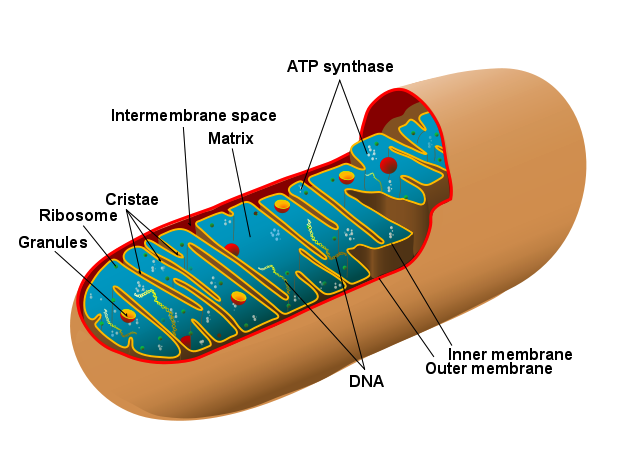ATP
Adenosine triphosphate (ATP) is a multifunctional nucleoside triphosphate used in cells as a coenzyme. ATP transports chemical energy within cells for metabolism. It's one of the end products of photophosphorylation and cellular respiration and used by enzymes and structural proteins in many cellular processes, including biosynthetic reactions and cell division. One molecule of ATP contains three phosphate groups, and it is produced by ATP synthase from inorganic phosphate and adenosine diphosphate (ADP).
ADP
Adenosine diphosphate, abbreviated ADP consists in two phosphate group, the pentose sugar ribose, and the nucleobase adenine. ADP is the product of ATP dephosphorylation by ATPases. ADP is converted back to ATP by ATP synthases. ATP is an important energy transfer molecule in cells. ADP is the end-product that results when ATP loses one of its phosphate groups. The conversion of these two molecules plays an important role in supplying energy for many processes of life. One molecule of ATP produces 7.3 kcal.
Animals use the energy released in the breakdown of glucose and other
molecules to convert ADP to ATP, which can then be used to fuel
necessary growth and cell maintenance.



Nessun commento:
Posta un commento